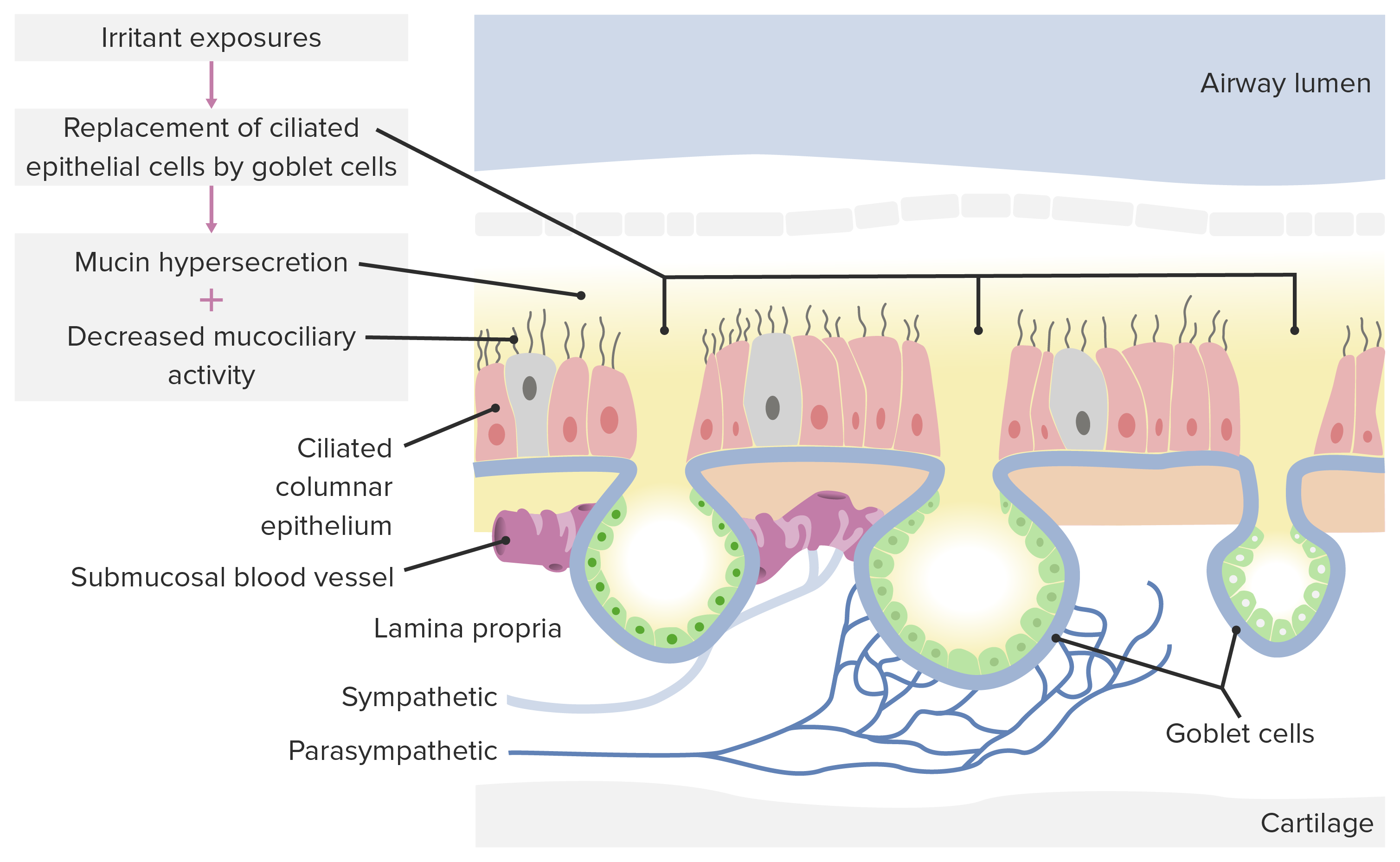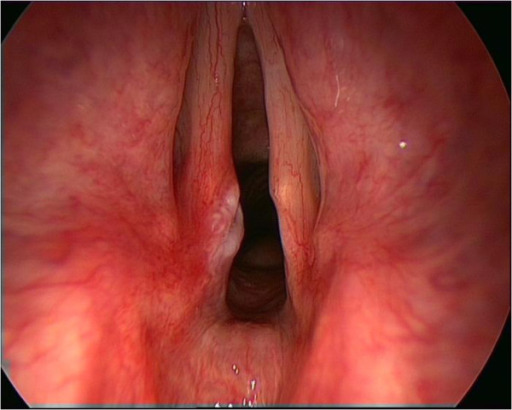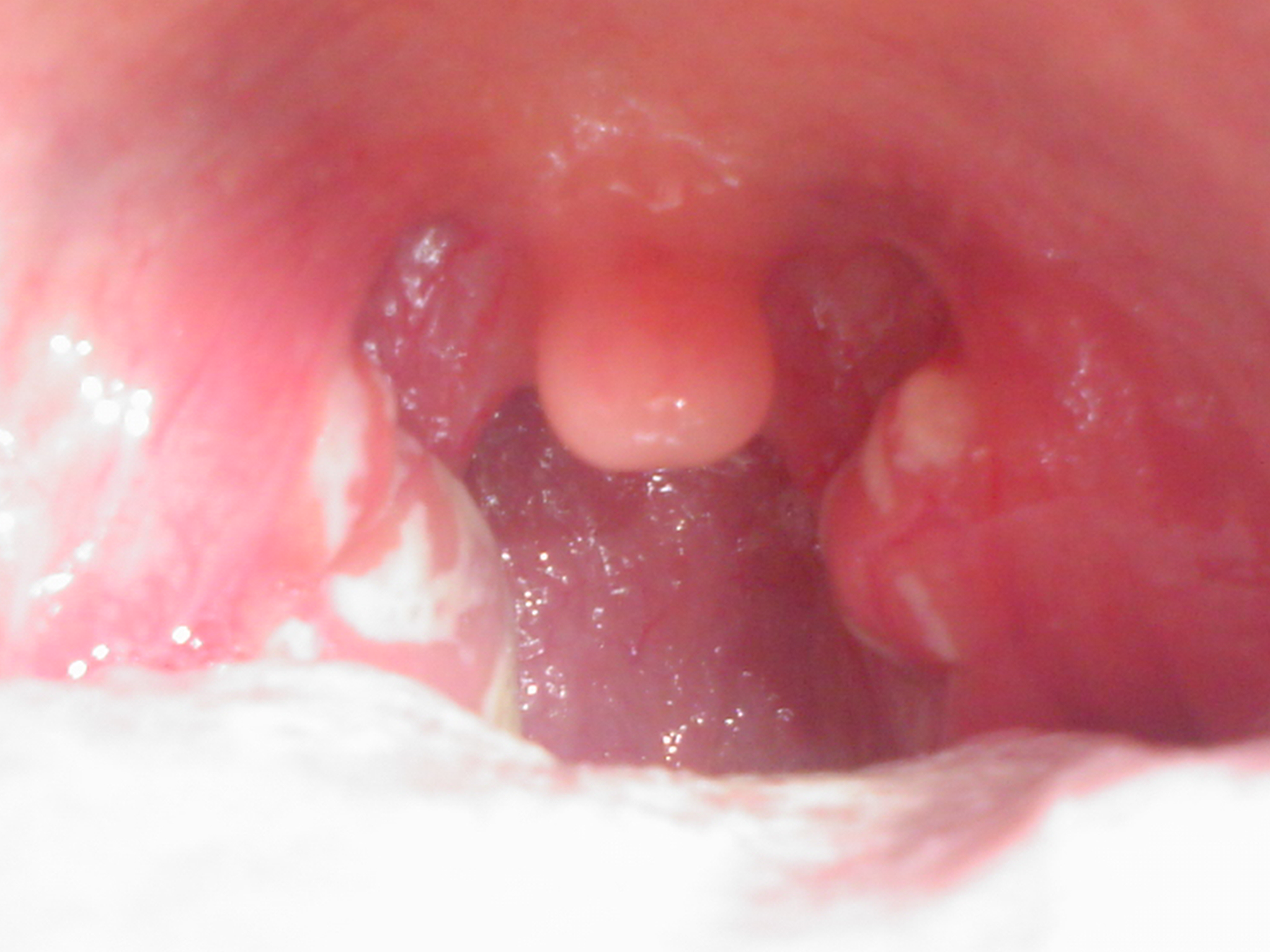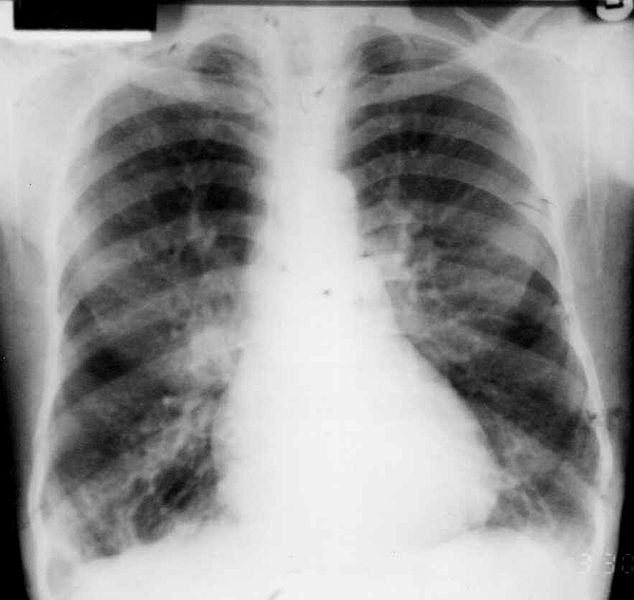Playlist
Show Playlist
Hide Playlist
Upper Respiratory Symptoms
-
Slides UpperRespiratorySymptoms AcuteCare.pdf
-
Download Lecture Overview
00:01 All right. 00:02 So, today, we’re going to be discussing upper respiratory symptoms, and particularly upper respiratory types of infection. 00:08 Now, this is something that, while a medical student, you may have seen a lot of in practice. 00:12 Or if you came to a practice like mine, not really that much. 00:15 But one thing we can't deny is just how common upper respiratory symptoms are and how important it is to differentiate what is a benign viral upper respiratory infection from something more sinister, and then how to treat it appropriately. 00:29 And that’s what we’re going to cover today. 00:31 All right. 00:32 So, I’m going to give you a case to consider. 00:36 And we’re going to return to this case a few times during the discussion just to provide a nice context for what I want to discuss with you. 00:43 So, I’ve got a 50-year-old man. 00:45 He's got a one-week history of cough. 00:47 Temperature is normal, 37.2°C. 00:50 And the rest of his vital signs are normal. 00:52 I’m going to ask you a question just to stop here. 00:55 He’s got a one-week history of cough. 00:57 That's really all we know. 00:58 This might be information that you know before going in the room, collected by your medical assistant or your nurse. 01:04 And so, what's the most concerning finding on further history and physical examination in this case? Would it be, A, hemoptysis; B, left ear pain and difficulty hearing; C, a frontal headache; or D, a history of smoking? I’d say it’s A, hemoptysis. 01:21 Hemoptysis should not be part of a typical presentation for a mild or viral upper respiratory infection. 01:28 It can occur. 01:29 But I also think about much more sinister things, such as certainly pneumonia, tuberculosis would be a classic here, or there’s some other – maybe like a bronchogenic carcinoma even or some other anatomic abnormality that’s making them cough up blood. 01:48 So, as I said, upper respiratory infection really common. 01:51 People didn't believe me that the average number of upper respiratory infections per year among young children, in particular preschool, is six. 01:59 And, yes, these kids – I know from personal experience – are sick quite a lot and they make their mom and dad sick too. 02:07 Once you reach adolescence and later in adulthood, that risk goes down. 02:13 And older adults actually don't get that many upper respiratory infections. 02:16 But, of course, they are more at risk for complications of those infections. 02:21 So the common cold is certainly the most common type of upper respiratory infection, but you can't forget about pharyngitis alone. 02:29 Rhinosinusitis can be a complication frequently of what starts as a basic upper respiratory infection. 02:36 Laryngitis, another complication. 02:38 And laryngotracheitis is even more rare. 02:40 Don't see it a lot. 02:43 So, what else do you need to know? When I'm going through my differential on patients who come in with, say, cough, first of all, I want to know about other symptoms associated with cough. 02:53 Do they have nasal congestion or do they have rhinorrhea? Do they have ocular symptoms – tearing, burning, itching or drainage? Do they have ear symptoms? Can they hear? Are their ears plugged or painful? So, many times – and then also with cough, you think about respiratory symptoms. 03:10 Are they short of breath or have they noticed a wheeze? What kind of cough is it? Is it a wet cough or a dry cough? Doesn’t tell you a lot in terms of differentiating from an upper respiratory infection versus a lower respiratory infection unless it's a patient, say, with chronic bronchitis or chronic obstructive pulmonary disease, in which case increasing sputum and increasing cough in and of itself can be an indication for antibiotics among that more rare set of patients. 03:42 So, that’s not a healthy adult. 03:43 That’s a patient with COPD. 03:46 What about sick contacts? I feel a lot more relieved that, okay, this is probably a viral upper respiratory infection when they have a local contact with somebody with a URI. 03:57 And what about confounding illnesses? So, I mentioned COPD. 04:01 Asthma is another. 04:02 Allergic rhinitis is a third. 04:05 And what about medications that might promote cough? So, what are causes of chronic cough? They’re most common. 04:12 Postnasal drip, a lot of rhinitis there. 04:15 It's things like asthma or GERD, but it's also – and I think this is actually the second most common cause in my practice now, ACE inhibitors. 04:25 So, think about medications that can promote cough too. 04:27 ACE inhibitors are broadly used now for treating hypertension and managing chronic kidney disease and heart failure as well. 04:35 And then, what treatment has been tried. 04:36 Always important in any history, but particularly here patients come up with their home remedies, some of which can be highly effective for them, not a lot are evidence-based frankly, but if it works for them, maybe that’s a sign that it should continue to work in the future.
About the Lecture
The lecture Upper Respiratory Symptoms by Charles Vega, MD is from the course Acute Care.
Included Quiz Questions
A 52-year-old man presents with 2 weeks of dry, persistent cough. He was started on a new medication for hypertension 2 months ago. Cardiopulmonary examination shows no abnormalities. Which of the following is the most appropriate next step in management?
- Review of medications
- Proton pump inhibitors
- Allergy skin test
- Nasal antihistamine
- Chest X-ray
A 32-year-old woman presents with fever, dry cough, generalized muscle pain, and headache for 3 days. Recently, a few of her colleagues have been sick with similar symptoms. Physical examination shows nasal congestion and post-nasal drip. Her cardiopulmonary examination is otherwise normal. Which of the following findings is most suggestive of a viral etiology?
- Sick contacts
- Dry cough
- Temperature
- Headache
- Post nasal drip
A 68-year-old man from China is brought to the clinic by his daughter for several weeks of persistent cough and occasional hemoptysis. He has lost significant weight despite following the same diet. He denies shortness of breath, chest pain, or headaches. He has no history of a serious illness and takes no medications. He has smoked a pack of cigarettes every day for 30 years. Which part(s) of the following medical history is/are most concerning for a serious illness?
- The collection of findings raises the most significant concern.
- Smoking history
- Hemoptysis
- Persistent cough
- Weight loss
Customer reviews
5,0 of 5 stars
| 5 Stars |
|
5 |
| 4 Stars |
|
0 |
| 3 Stars |
|
0 |
| 2 Stars |
|
0 |
| 1 Star |
|
0 |








